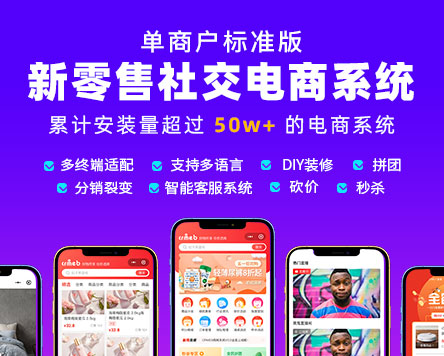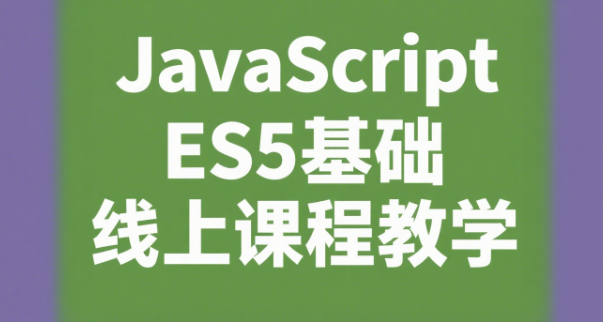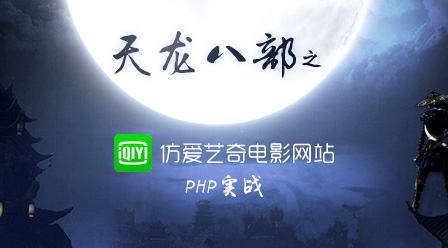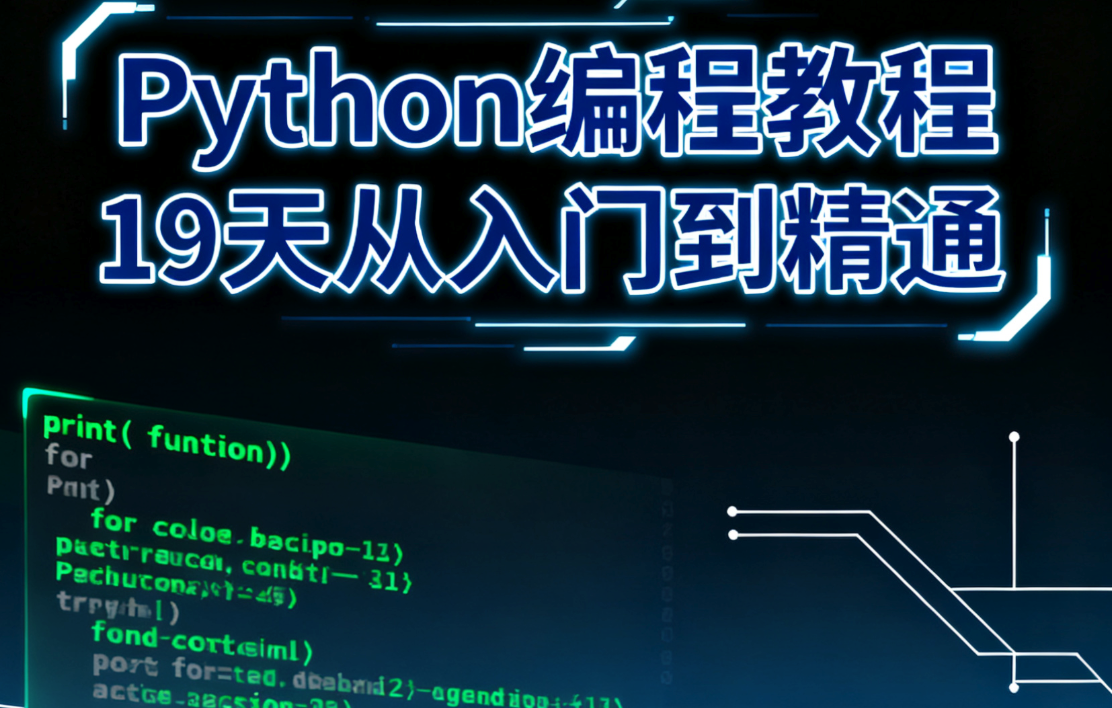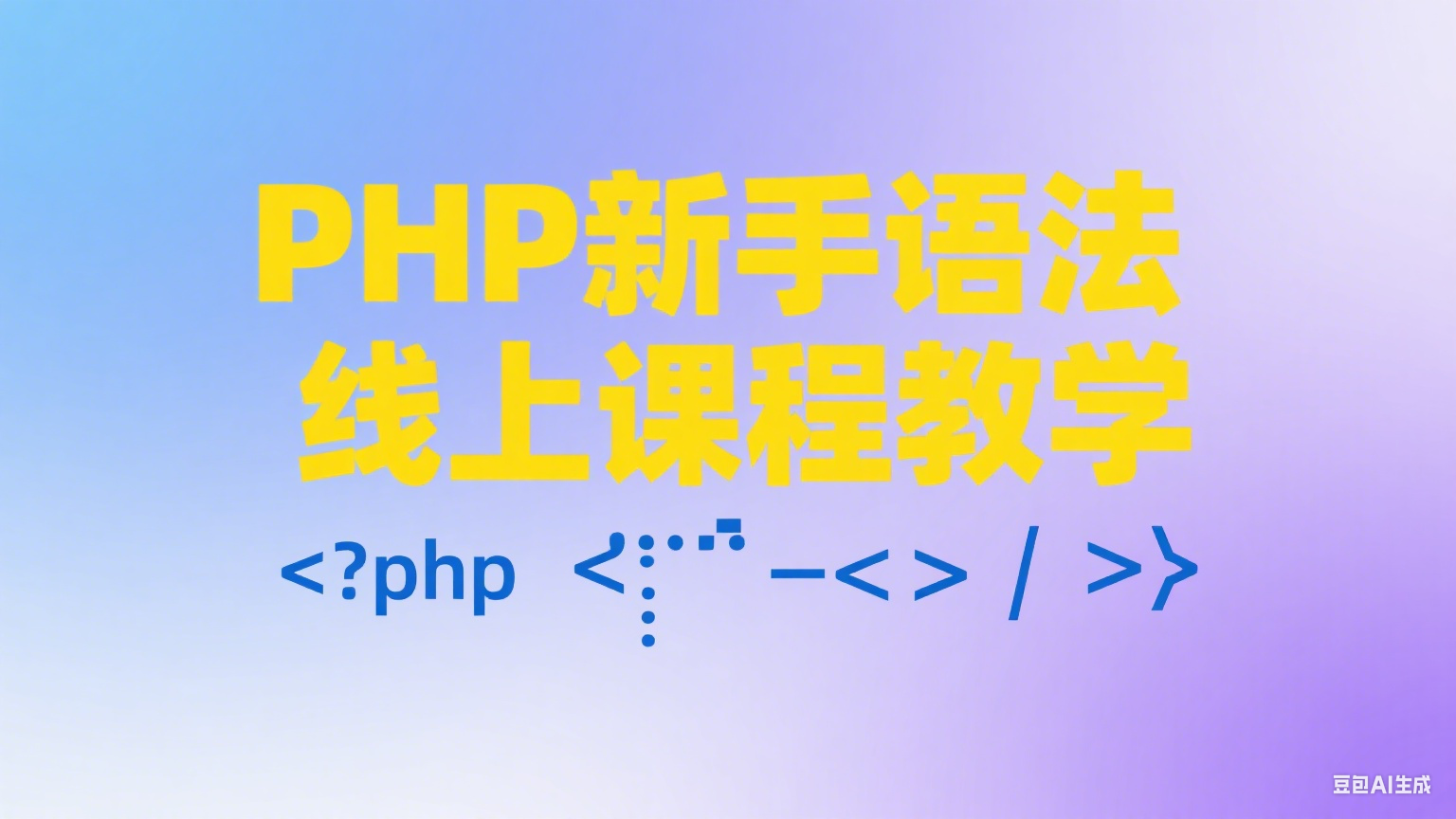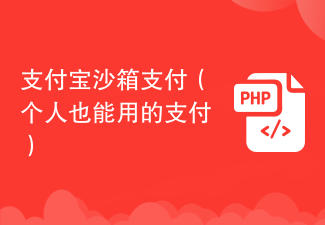php小编百草带来了一篇关于使用jpa和querydsl聚合查询结果中的子实体的文章。在这篇文章中,我们将深入探讨如何在使用jpa和querydsl进行聚合查询时,处理子实体的查询结果。通过学习本文,读者将能够了解如何通过jpa和querydsl实现对子实体的聚合查询,并获得准确且高效的查询结果。无论您是初学者还是有经验的开发者,本文都将为您提供有价值的知识和技巧,帮助您在实际项目中更好地利用jpa和querydsl来处理聚合查询中的子实体。
问题内容
我正在使用 jpa 和 querydsl 开发 java 应用程序,面临一对多关系查询的挑战。我有三个实体:文章、评论和反应。每篇文章(一篇)可以有多个评论和反应(很多)。我需要获取每篇文章及其汇总的评论和反应。
这是我当前的方法:
public page<articledetail> findarticles(pagerequest pagerequest, user currentuser) {
var articles = new jpaqueryfactory(entitymanager)
.select(projections.constructor(articledetail.class,
article.id,
projections.constructor(userdetail.class,
user.id,
user.name,
user.username,
user.email,
user.profilepicture,
user.level,
user.position),
article.content,
article.type,
projections.list(projections.constructor(commentdetail.class,
comment.user.id,
comment.article.id,
comment.text,
comment.timestamp).skipnulls()).skipnulls(),
projections.list(projections.constructor(reactiondetail.class,
reaction.user.id,
reaction.type).skipnulls()).skipnulls(),
article.commentcount,
article.datecreated,
article.datelastmodified
))
.from(article)
.innerjoin(article.user, user)
.leftjoin(article.comments, comment).on(comment.isactive.istrue())
.leftjoin(article.reactions, reaction)
.where(article.isactive.istrue(),
user.status.eq(status.active),
article.user.in(currentuser.getfollowing())
.or(article.user.eq(currentuser)))
.offset(pagerequest.getoffset())
.limit(pagerequest.getpagesize())
.orderby(article.id.asc())
.fetch();
return new pageimpl<>(articles, pagerequest, articles.size());
}实体:
@Entity
public class Article {
@Id
@GeneratedValue(strategy = GenerationType.IDENTITY)
private Long id;
@ManyToOne(fetch = FetchType.LAZY)
@JoinColumn(name = "user_id")
private User user;
@OneToMany(mappedBy = "article")
private Set<Comment> comments;
@OneToMany(mappedBy = "article")
private Set<Reaction> reactions;
// Other fields like content, type, etc.
}
@Entity
public class Comment {
@Id
@GeneratedValue(strategy = GenerationType.IDENTITY)
private Long id;
@ManyToOne(fetch = FetchType.LAZY)
@JoinColumn(name = "article_id")
private Article article;
@ManyToOne(fetch = FetchType.LAZY)
@JoinColumn(name = "user_id")
private User user;
// Other fields like text, timestamp, etc.
}
@Entity
public class Reaction {
@Id
@GeneratedValue(strategy = GenerationType.IDENTITY)
private Long id;
@ManyToOne(fetch = FetchType.LAZY)
@JoinColumn(name = "article_id")
private Article article;
@ManyToOne(fetch = FetchType.LAZY)
@JoinColumn(name = "user_id")
private User user;
// Other fields like type, etc.
}
@Entity
public class User {
@Id
@GeneratedValue(strategy = GenerationType.IDENTITY)
private Long id;
@OneToMany(mappedBy = "user")
private Set<Article> articles;
// Other user fields like name, username, email, etc.
}此方法应该返回一个 articledetail 对象页面,每个对象包含文章的详细信息、作者、评论和反应。但是,我面临的问题是评论和反应没有正确汇总在各自的文章下。每个 articledetail 实例应包含 commentdetail 和 reactiondetail 的列表,但它们作为单独的条目返回。
有没有办法构建此查询以正确聚合各自文章下的评论和反应?或者应该在获取数据后以编程方式处理?
任何建议或替代方法将不胜感激!
解决方法
我实现的解决方案涉及使用 querydsl 的两步查询过程:
首先,我获取了满足特定条件的文章的 id:
var articleids = jpaqueryfactory
.select(article.id)
.from(article)
// conditions and joins
.fetch();var articles = jpaQueryFactory
.select(article)
.from(article)
// Joins for comments and reactions
.where(article.id.in(articleIds))
.transform(groupBy(article.id).list(
Projections.constructor(ArticleDetail.class,
// Projection fields
)));
return new PageImpl<>(articles, pageRequest, articles.size());解决方案的关键方面: 利用两步查询过程首先获取文章 id,然后通过聚合数据检索相应的文章。 使用 groupby().list() 以及 projections.constructor() 对于正确聚合每篇文章下的评论和反应至关重要。 这种方法有效解决了聚合各自文章下的评论和反应的问题,同时确保了高效的数据获取和分页。
我希望这个详细的解释可以帮助其他面临类似情况的人。随时欢迎反馈或进一步优化的建议!
以上就是使用 JPA 和 QueryDSL 聚合查询结果中的子实体的详细内容,更多请关注php中文网其它相关文章!

每个人都需要一台速度更快、更稳定的 PC。随着时间的推移,垃圾文件、旧注册表数据和不必要的后台进程会占用资源并降低性能。幸运的是,许多工具可以让 Windows 保持平稳运行。

-
2025-10-28 20:58:02
-
2025-10-13 17:08:01
-
2025-09-16 12:23:02
-
2025-09-16 10:01:19
-
2025-09-15 09:52:48
-
2025-09-15 09:38:09
-
2025-09-13 09:51:02
-
2025-09-12 12:40:23
-
2025-09-12 10:39:18
-
2025-09-12 09:46:23













